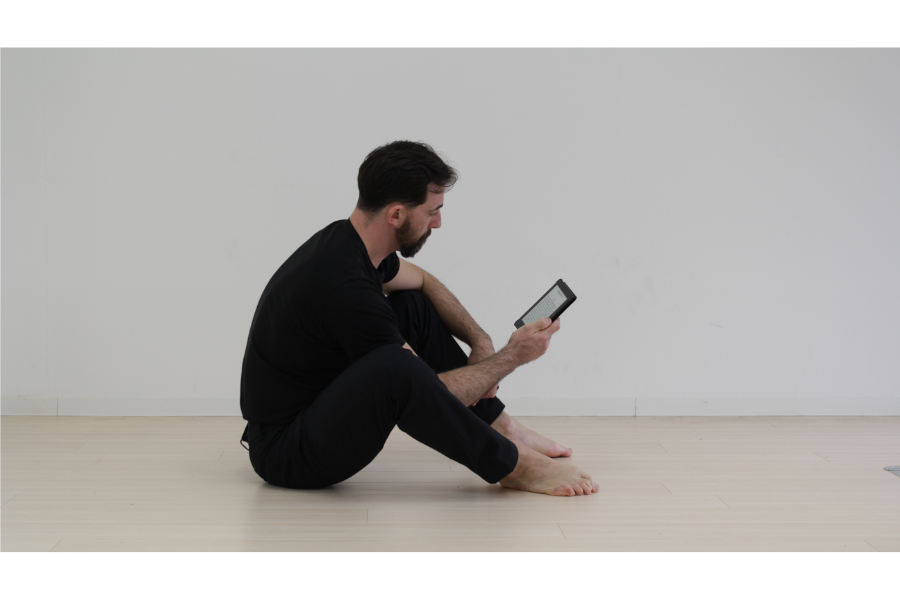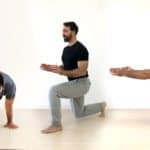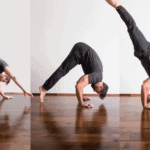Yo-yo dieting, stopping and restarting smoking over and over, going all in and then burning out yet again. Whether it’s big concerns, or more minor annoyances, all of us have at some point have had a lot of frustrations with changing some of our habits.
There’s a quote, I’m not sure who coined it, “Do you have 10 years of experience, or just one year of experience repeated ten times?”
Think about what you told yourself you’d do but didn’t get done. What happened? Do you know? Is it the same thing over and over again? You can change that!
It’s very easy and natural to fall into the same habits and routines. They reduce mental energy and effort. But if you don’t really reflect and honestly introspect. You’ll not only not improve as best you can. You could actually regress.
Failing to Learn is Learning to Fail
In some cases it’s a positive. You make yourself floss your teeth every night so you don’t have to suffer the pain of another root canal. You were annoyed at first but then it just becomes a thing. That’s why there’s dozens of self-help books encouraging you to create habits and processes for “good things” so you don’t have to even think about it.
But there’s also the flip side of course, you pass by a bakery on your daily walk and decide to try out a pastry because why not? It’s just one. Then that “just one” turns into 5 a week and you wonder why you have to use your next belt notch…
So to counter that is another self-help cliche’, mindfulness. Essentially you imbue your actions with complete and full attention. Washing dishes, cleaning bathrooms, and even your walk to the mailbox can turn into a meditative state of “being in the moment”. Which is great! There’s lots of tangible benefit to mindfulness practice.
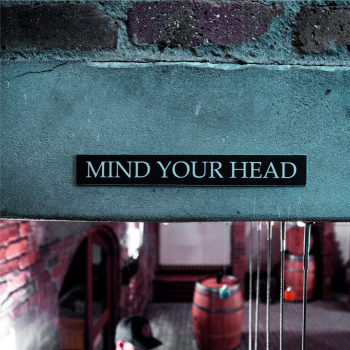 But it can be exhausting, personally I’m not going to do that all time.
But it can be exhausting, personally I’m not going to do that all time.
And again it’s a positive and useful thing for creating change, but it’s not meant for every activity in every part of your day.
Once again, let’s make a case for the useful middle instead of extremes. There’s a lot of very useful gradations in between, and you can find your own personal sweet spot for sure.
So what does all of this have to do with exercise and physical fitness? Well there’s the idea of setting aside some thoughtful introspection and analysis after you’ve done an exercise session? It’s so crazy that it just might work!
And actually it absolutely works.
Better and more Permanent Motor Learning
Another, perhaps unanticipated, benefit of self reflection is that it can help you retain and cement your movement learning in a better way.
But only as long as you structure it in a way that helps you best.
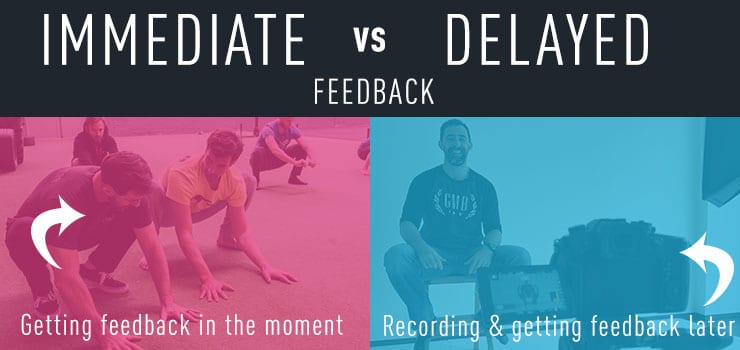
Just as earlier when we talked about mindfulness, you don’t want to spend every minute of your training session (over)analyzing every detail of your foot angle, shoulder position, or how many degrees of neck flexion you have in each exercise!
And that’s because too much internal focus decreases long term motor learning. What are my knees doing? What’s the perfect form in this exercise? These seem like reasonable questions. And if there is a safety concern they absolutely should be in mind.
But if you’ve made your environment safe and you aren’t being egregious in your performance, a better way is for your intentions to be goal/target oriented (also known as external cueing). Can I place my foot on this spot when I step? How can I get my hand further past my foot when I move in this direction? Are my hips reaching up as far as I can?
This type of thinking gets you exploring your capabilities better and ingrains motor skill learning beyond the immediate performance.
And another counter-intuitive fact: delayed feedback helps you learn better as well. Likely because you’re giving yourself a chance to “figure it out” vs being immediately told what to do.
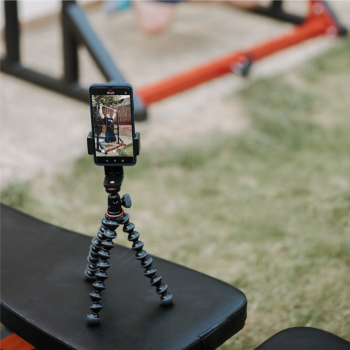 This not only applies to a coach/trainer telling you but also say watching yourself on video. Taking video of your sessions is a great tool, but save looking at it (and posting on the “gram”) for after you’re done.
This not only applies to a coach/trainer telling you but also say watching yourself on video. Taking video of your sessions is a great tool, but save looking at it (and posting on the “gram”) for after you’re done.
That relates to a practical point as well; reviewing video, talking/thinking about every repetition, fretting over every misplaced foot position or why you lost balance in that moment. All of this adds up and your planned 30 minute workout turns into almost an hour. Or worse, you’ll have to cut it short because you need to get some errands done or need to get to your next meeting.
Save your deep thoughts for when you are doing the dishes later!
Gaining Self-Knowledge
Auto-regulation is a fancy term for knowing when to push harder and when to back off. And surprisingly it doesn’t necessarily depend on how you feel.
Your pre-training feelings can lie!
We’ve probably all had the experience of having a pretty crappy day and a workout doesn’t sound as good as just lying down on the couch scrolling through our phone. But once we get started and get warmed up it ends up being a great session.
This isn’t yet another admonition to TOUGHEN UP AND NO PAIN NO GAIN, because the opposite can also happen.
You can feel all fired up before a training and session and ready to break some world records. But after a few minutes, your body feels heavier and your movements less snappy and you wonder what the heck just happened!
The point here is that your actual performance should guide you in how to adjust today’s workout. You compare what’s going on now with how you’ve done before. Is it pretty close, or is the effort you’re putting in not matching what you expect? Or the opposite, does it feel like you’re a movie star jumping and spinning around with graceful ease?
It helps to disassociate preconceived thoughts/feelings from what you can actually do. Both in the moment and over the long term.
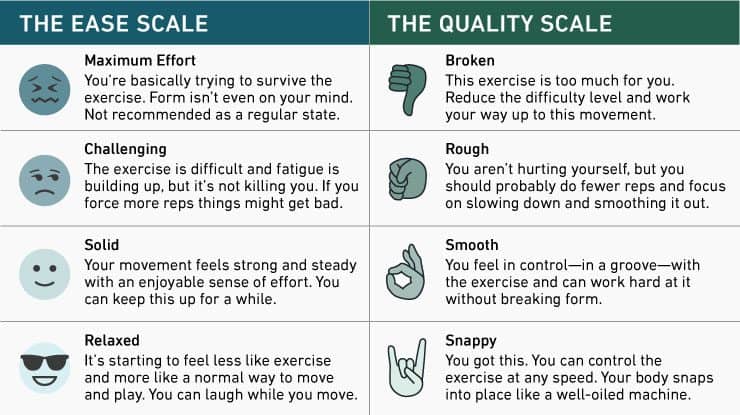
One very important caveat here is that proper self regulating requires being honest with yourself. If you can’t do that you’re only hurting yourself and preventing getting the best out of your training.
So the self-reflection at the end of the workout becomes more than just jotting down “this felt good, this felt crappy”. Every training session is a chance to learn more about yourself. This is one of the underpinnings of Cognitive Behavioral Therapy (CBT) which seeks to help a person understand the relationship between a situation and how your habitual reaction towards it. This helps you to change that into a more constructive rather than destructive reaction.
If you know you have a tendency to overdo things, or maybe the other way around and you underestimate yourself, take that into consideration when you rate your performance and quality.
What’s your temperament? Are you a “Type A” person who’s always pushing pushing pushing, and you know you that it’s generally a good idea to hold yourself back a bit? Or do you have a tendency to need more motivation and realize that pushing yourself a little more could do you some good?
This is why you need to look at your performance and quality. It’s still a subjective measure because it’s a self report but it gives you more “objectivity” than relying on how amped up you are that day.
The Power of Ponder
It’s in the GMB Method, and we’ve been teaching this self-reflection for a long time now with our in person and online clients. We’ve termed it Ponder, and our clients have told us it’s been a big part in improving how they feel and move.
Simply taking the time to reflect back on your training session, how you performed, how you felt in the movements pays off big dividends.
With this in mind, every time you train gives you a chance to know yourself better and to move forward – even if it might feel like you are plateauing or even regressing – by reframing each training session as a learning opportunity.
As you practice, you’ll likely find specific ways to introspect that fits best for you but it helps to have an initial framework to help you get started.
1. Recognize and Celebrate Progress
This is a part of what we talked about earlier, of disentangling your feelings and expectations from what actually happened in the session. It’s not ignoring difficulties or sweeping aside a bad session.
That’s not being honest with yourself at all. But even on your worst day, there absolutely will be something positive you can identify. Even if it’s just the fact that you did the session itself!
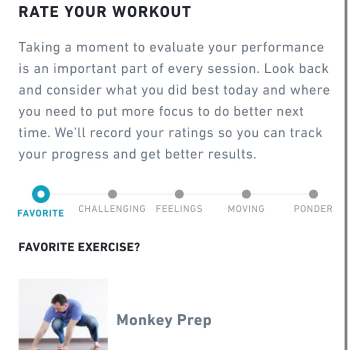 We’re not looking to be pollyannas, but why are we spending our time and energy training in the first place? It’s not to berate ourselves constantly in hopes that the self-punishment will eventually be rewarded with six pack abs.
We’re not looking to be pollyannas, but why are we spending our time and energy training in the first place? It’s not to berate ourselves constantly in hopes that the self-punishment will eventually be rewarded with six pack abs.
We are in this to improve our lives, to see what happens when we apply our energies to meaningful goals, and to rightly acknowledge when we make progress. What was your favorite part of the session? Was it a particular exercise and how it felt? That’s a good question to ask yourself every time. It gives you a chance to look back and think through each thing you did now that you’ve finished up for the day.
This is an authentic way to be motivated and inspired to continue and is not only much more pleasant but also much more efficacious. How long do you think you can keep going if you don’t see any positives in your training?
2. Identify and Evaluate Current Challenges
Here you can be critical – but not overly so! – but if everything feels amazing in every training session every time then you probably aren’t challenging yourself enough. Again, find a way out of the extremes here, we don’t need to be killing ourselves at every workout but we all know that we need to get out of our comfort zone fairly regularly to make a significant change.
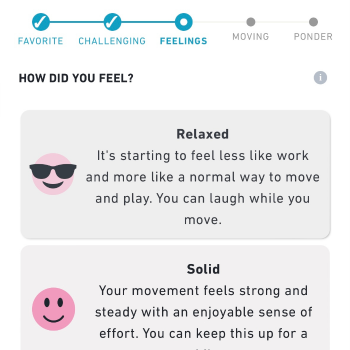 But let’s go beyond just saying an exercise/movement was hard just because we couldn’t do it exactly like the person demonstrating it. There’s a big range between “can’t do it at all” and “crushing it” and it’s incredibly useful to understand where you are on that spectrum. Set aside that binary and spend some time thinking about what specifically made a move difficult?
But let’s go beyond just saying an exercise/movement was hard just because we couldn’t do it exactly like the person demonstrating it. There’s a big range between “can’t do it at all” and “crushing it” and it’s incredibly useful to understand where you are on that spectrum. Set aside that binary and spend some time thinking about what specifically made a move difficult?
Did it appear to be a strength issue? And drilling down on that, was it a particular motion? Pressing down, lifting up, shifting over? Could it be a technique fault instead of “my arms aren’t strong enough”?
Or did you feel limited by flexibility and coordination? These are the questions that can lead to really useful insights into what to focus on -or seek help with- in your upcoming sessions.
3. Set Aside the Numbers
Sets, repetitions, how long you were able to keep going on a thing, these can all be good markers to track your progress. But it can be easy to fixate too much on them as “objective” goals. Definitely don’t disregard them altogether, but they are best evaluated when zoomed out over months/years. There is too much fluctuation in just a handful of sessions.
Instead take a look at the qualities of what you did in today’s session. What was your exertion level? Did you feel relaxed and loose or were you moving like you had piles of wet clothes on?
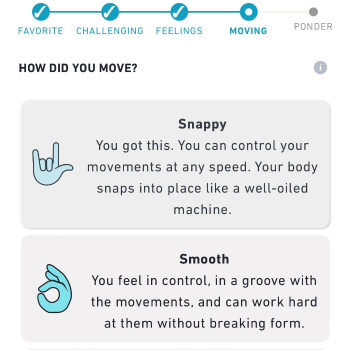 And what was the quality of your performance? Were you able to make things even a little bit smoother? Or if nearly everything felt janky, can you identify what may have led to that? Did you rush through too much? Get a bit distracted because of a nagging muscle ache?
And what was the quality of your performance? Were you able to make things even a little bit smoother? Or if nearly everything felt janky, can you identify what may have led to that? Did you rush through too much? Get a bit distracted because of a nagging muscle ache?
Don’t discount your sensations and observations as “merely subjective.”
Though your perceptions of effort and performance may seem less concrete than metrics like minutes passed and repetitions done, they are just as valid and beneficial to track.
These are the types of observations that will lead to a greater sense of self-understanding and a great way to structure your thoughts.
And they are baked into the training in our Praxis training platform.
Integrate Mindful Reflection into Your Training
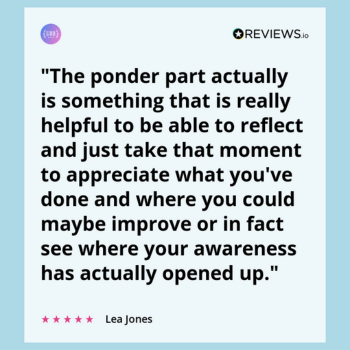 Over the past decades of working with people, both in person and online, we’ve come to the understanding that the most important aspects of getting people moving and feeling better isn’t the “perfect program” with some magical combination of number of repetitions or optimized exercises.
Over the past decades of working with people, both in person and online, we’ve come to the understanding that the most important aspects of getting people moving and feeling better isn’t the “perfect program” with some magical combination of number of repetitions or optimized exercises.
The best workout routine in the world becomes the same as the worst if you can only do it for a couple of weeks.
The most powerful things to work on are consistency of effort for as long as you can and building an awareness of where you are in the moment and what that means for how you should approach your training.
Remember: a growth mindset is more than just thinking you can improve.
It’s actually doing the things that makes progress happen. Self-reflection is incredibly important because it reveals what you are doing right and what needs some more focus. Yet you have to actually be doing the things!
Reflection and action are feedback and feedforward, both are needed to get you where you want to be.
Systematic, Reflective Training
Our Elements program brings the power of self-reflection to a systematic curriculum of developing your mobility and physical control.
